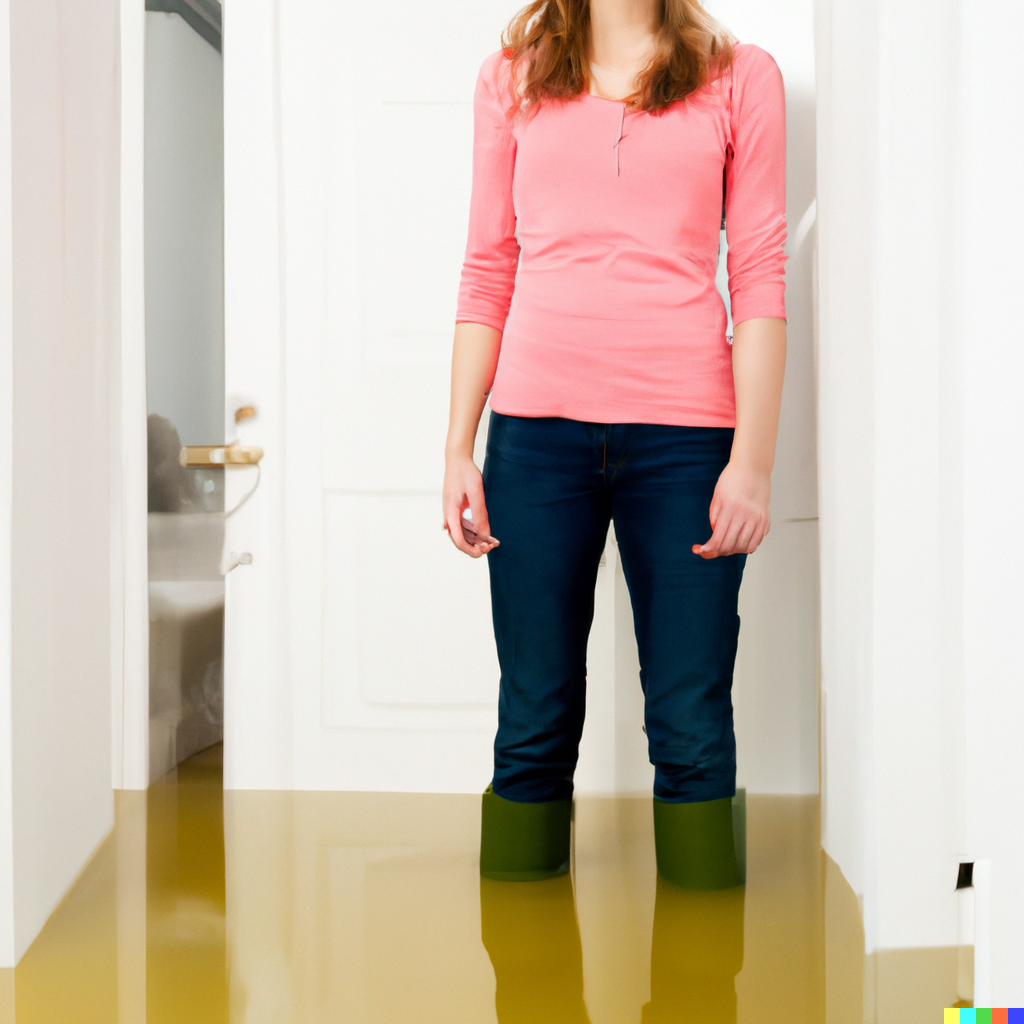
Many assume their standard homeowner’s policies cover common catastrophes like sewer backups, earthquakes and floods, but that’s rarely the case. Today, we will explain why you should consider supplemental flood coverage. As a Newfoundland insurance broker, we want to ensure you have all the coverage you need to protect your home.
Four Reasons to Consider Flood Coverage
You probably haven’t given flood coverage a lot of thought, but here are four reasons you should:
- Most flood claims come from homes outside designated mapped flood zones. Flash rains, ice damming, and faulty gutters or window wells can all cause floods.
- Flood claims can be staggeringly expensive. According to the U.S. Federal Emergency Management Agency, just 1 inch of water can cause up to $25,000 in damage. If you’re feeling brave, use this flood cost estimator, a U.S. resource, to see how your costs rise with each inch of standing water in your home.
- Standard homeowners and renters policies don’t cover flood damage. Yes, it’s true — Flood coverage has to be purchased separately. You probably have a lot of stuff in your basement — surprisingly expensive stuff. It may not be your favourite place to spend time, but you probably have many important items stored there. Plus, very often, your basement houses the major systems that make your house (and life) run smoothly, including your furnace, water heater and HVAC system.
It all Adds Up, and Floods Force You to Act Quickly
Replacing and reinstalling your basement equipment can easily cost thousands of dollars.
In the meantime, you need to get the water out of your home and dry the area as quickly as possible before mould sets in. Professionals can help, but they cost money, too.
And if you have a finished basement, flood troubles can worsen exponentially. Think about the cost of installing brand-new drywall, paint, flooring and furnishings.
Don’t Live in a Flood Zone? You’re Still Not Safe
Flooding usually happens outside of flood zones.
A flash rain, for example, dumps several inches of water in a short amount of time, saturating the ground. Once the ground can no longer absorb the water, the water travels to the lowest possible point. If your home is situated on a low part of your property or the grading runs toward your house, you’re a candidate for a flood.
Remember that any water entering your home from the outside is usually considered a “flood” for insurance purposes. Don’t assume your policy will kick in if your issue doesn’t seem like a classic flooding situation.
What Flood Insurance Does and Doesn’t Cover
Flood insurance typically covers damage to your home, its contents, and other buildings on your property. This may apply to various situations, such as overflowing rivers, heavy rains, storm surges or excessive snowmelts.
Knowing what isn’t covered by flood insurance is also critical. For instance, property outside of your home isn’t covered. Vehicles aren’t typically covered under flood insurance purchased for a property but may be covered under a comprehensive auto policy.
We can help explain your coverage and limitations to ensure you’re adequately protected.
Tips for Protecting Your Property from Flooding
Here are some steps to help safeguard your property from rising waters.
Protect in-home electrical and climate systems. Homes have many electrical components, including switches, sockets and circuit breakers. This wiring should be at least a foot above the ground on the lowest level of your home when possible.
Elevate outdoor equipment
Inventory your outdoor electrical equipment and create a plan to elevate it in a flood. This includes fuel tanks, AC units and generators.
Modify water valves
Flooding can affect your sewer system. Consider installing an interior or exterior backflow valve to minimize the risk of sewage backing up into your home.
Safeguard essential documents and items
This includes prescription medications, crucial records like birth certificates, Social Insurance cards and passports, and valuables and mementos.
Build an emergency kit
Visit the Government of Canada website for tips on how to build your emergency kit so you’re ready for a flood or another unforeseen disaster strikes.
Give Us a Call
There are many aspects to consider when planning for a flood, but among the most important is insurance. The bottom line is that you may need to have adequate flood coverage.
Additionally, a 30-day waiting period is typical with the purchase of a new flood policy. So, the best time to consider flood insurance is now — before you find yourself under several inches of water.
Call us, and we’ll gladly give you a rundown of your current homeowners coverage — both the limits and the exclusions. We can also tell you what’s covered regarding flood cleanup and remediation. We want to ensure your limits are high enough to protect your valuables and rebuild if it’s a worst-case scenario.
Again, thank you for keeping your homeowners policy with us. We are always happy to discuss the best coverages to keep your home and family secure and safe.
About Wedgwood Insurance
Wedgwood Insurance has offices in St. John’s & Corner Brook and is Newfoundland & Labrador’s largest independent insurance broker. We provide straightforward home, auto & business insurance advice.
With over 245 Google My Business reviews, experience the Wedgwood difference with expert advice from our dedicated team. We ensure that every client has the coverage that best suits their needs through upfront complimentary consultations and midterm reviews.
Contact Us






